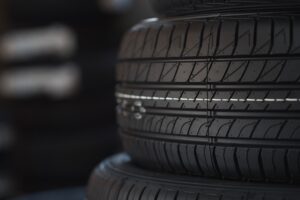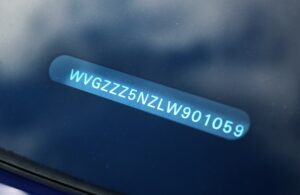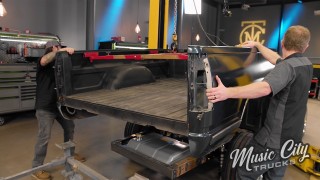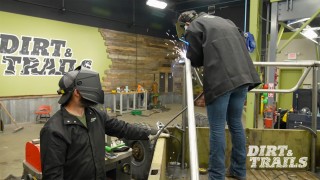How To Install An Oil Catch Can
There are a few different designs when it comes to oil catch cans. Oil separators are included in this category and are used in line with the PCV system on vehicles equipped with them. The cause of the problem that all cars have to some degree, is called blow by. Blow by occurs when expanding gasses and pressure from combustion work their way past the piston rings and find their way into the crank case, causing a positive pressure. With the movement of the rotating assembly and already having positive pressure in the crankcase, a large amount of oil in the form of vapor is pushed towards the breathers.
In the case of a vehicle with a PCV system, the vapors are directed into the intake tube then into the intake manifold and its runners. This can dilute the fuel, lowering the octane rating and creating a sludge-like film through the entire intake track.
A catch can is designed with baffling on the inside to trap oil and vapor in the bottom side of the reservoir while still allowing the crankcase to breathe freely through a filter that’s on the top side.
An oil separator is placed in line between PCV hoses. It has a mesh screen and filter material that traps the oil and vapor. It also has an easily accessible drain.
To get started installing, run lines from each vent on the LS valve covers which will route up to the catch can that has fittings on either side. The catch can will be mounted somewhere in the engine bay. The catch can will be mounted to the bracket that secures the remote thermostat housing in place. This location allows easy access to the drain on the bottom of the can and gives you a nice path for the lines to follow from the vents.
To make the connections to the catch can you can use a push on fitting. The first line attaches to the driver’s side valve cover vent and routes under the intake manifold and attaches to a Dash 6 fitting on the catch can. The passenger side line attaches to the vent tube, runs along the coolant hose and to the other fitting on the can. A breather attaches to the top of the catch can and is secured with a clamp.
Remember, an oil separator does not have a breather and will be part of the closed PCV system. Any vehicle with a PCV can benefit from an oil separator since the oil vapors will always find their way into the intake.









